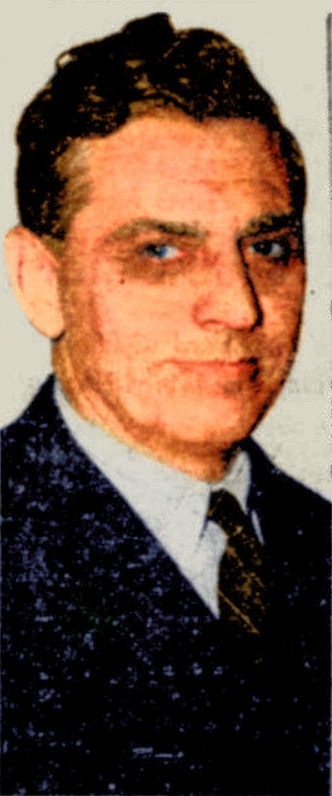
Clapper: Carriers
By Raymond Clapper
This is another of the final group of dispatches from Mr. Clapper, who was killed in the battle of the Marshalls.
Aboard an aircraft carrier, in the Marshall Islands – (by wireless)
The first task of our aircraft carrier force in the invasion of the Marshalls was to move in ahead of the landings and pound Kwajalein and Ebeye Islands, with the special object of knocking out the Japs’ planes and making their airfields unusable.
After that, we raced out to Eniwetok Island to destroy the airplanes and airfield there and to block any attempt by the Japs to reinforce the Marshalls from Truk.
Our carrier force pushed farther westward into the Central Pacific than any American forces had advanced across this route, which is rapidly becoming the most active area in the whole Pacific and certainly the scene of the largest naval forces.
The powerful carrier force with which I have traveled during the battle of the Marshalls is only one of several of similar size, hitting from various directions in intricate coordination. It is doubtful if the Japs have been able to determine which carrier force has been doing what.
Jap deception suspected
Our large force and others cruised for days without being detected, without seeing an enemy plane, without any submarine coming up.
At times it was uncanny. You wondered whether the Japs were up to some clever deception. It was hard to believe they were so weak that they were compelled to let this whole area go by default so far as airpower was concerned. Yet that seems to be exactly what happened.
The morning after we hit Eniwetok Island and wrecked its airfield, including 17 large Japanese bombers, the ruins of burned planes were still on the runway untouched. We achieved complete surprise, although we had not dreamed that this would be possible.
When our planes first struck Kwajalein in the early-morning darkness, the island was sound asleep. There was no sign of searchlights, or of detection devices having picked us up. There was no anti-aircraft fire until after our first wave of planes had hit the airfield, waking up the garrison. Then it became fairly hot. Several of our planes returned with flak holes, and one fighter was shot down.
“We sound reveille for them,” said Adm. F. C. Sherman as he received reports on his flag bridge from the bomber pilots.
Adm. Sherman achieved fame as the skipper of the old Lexington when she went down in the Battle of the Coral Sea, and also for the No. 1 rule he enforces among his pilots:
Kill the **** scientifically.
Campaign carefully organized
Aircraft carriers have served as real capital ships in the battle of the Marshalls, while the battleships, although present in large numbers, have served in a secondary or supporting function. Each carrier force has usually been accompanied by one or more big battleships, giving them an enormously powerful escort.
The original conception of the battleship was that it would stand up with enemy battleships and slug it out toe to toe. We have plenty of them here, so that any attempt by the Japs to come out and fight with their fleet would have found us able to outgun them by far.
We went into the battle of the Marshalls with a most impressive force. We took no chances. It has been a cautious, carefully organized campaign. It was delayed until abundantly sufficient forces could be assembled, and then these were put into battle on a plan of operations that was designed to avoid some of the difficulties encountered at Tarawa.
The key to the whole thing, however, was the elimination of Japanese airpower, and the prevention of the Japs from ferrying planes in over their stepping-stone route, which reaches back to their homeland in short hops that any fighter plane can make.
At Eniwetok, our particular carrier force broke that link in the Japanese air chain. Looking back now in the light of what did not show up, it seems the Japs must have decided not to risk heavy destruction of their limited number of supply planes in a defensive air battle that they would have been certain to lose.